ADVERTORIAL • November 2017
Banish winter blues in Greece's sunny south
Brrr… it’s cold outside, so throw caution to the (icy) wind and book a jaunt to warmer climes. Greece’s southernmost islands offer sunshine 300 days of the year, but which to choose? We pick the best, whether you’re after dramatic scenery for adventure or pristine beaches for chilling out
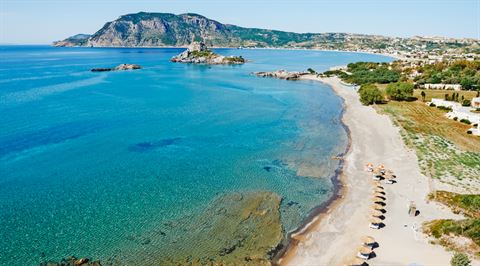
Kos… for beach disciples
Kos is blessed with beaches, and you’re sure to find the perfect stretch of sand for you. Families congregate on the ever-popular Tigaki, Marmari and Mastichari beaches in the north and Lambi in the east, where the clear, shallow waters are ideal for kids. Windsurfers and water-skiers love Psalidi; while those who like to navel-gaze flock to Aghios Fokas, a black shingle sun-trap. If you’re looking for ample space to lay your towel then Limnionas, within the small bay of Kefalos, is the place.
Club tip: Explore the smaller of the Dodecanese islands, such as Leros Kalymnos and Nisyros, thanks to Kos’s frequent ferry connections.
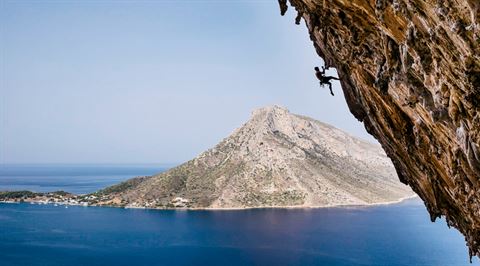
Kalymnos… for thrill-seekers
Imagine an underwater world of shipwrecks, caves and rainbow-hued reef… we’re not talking the Tropics, but the inky blue waters of Kalymnos. Don your scuba kit at one of the island’s three diving schools and explore the seascape. For a more gentle snorkel, there are myriad coves and beaches – we’re rather taken with Platys Gialos with its soft black sand and azure Aegean. Above sea level, the craggy rock faces lend themselves perfectly to climbing – there are over 1,300 tracks to get your crampons into, but the Grande Grotta cave is the stuff of legend.
Club tip: Kalymnos is the only island that still harvests sea sponges – visit one of the workshops in Pothia, where you’ll see the traditional processing of natural sponge.
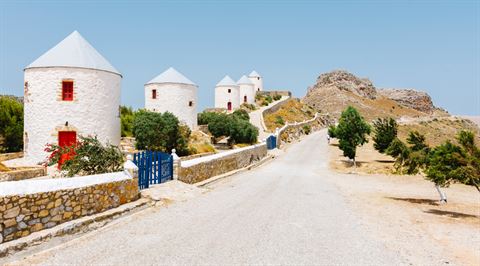
Leros… for zen seekers
The fact that Leros - according to mythology - was once the island of Diana, goddess of forests and hunting, gives us a clue about its landscape. It’s an island of rolling hills and olive groves, swathes of pine trees, and fresh water springs, and a shoreline dotted with ultramarine coves, pristine beaches and fishing villages. The island’s laid-back tempo makes it a haven for those after more peaceful pursuits. But if you need to up the ante, take the winding path (slowly, of course) to the imposing castle of Panagia where you’ll be rewarded with sensational views.
Club tip: The Italians, who occupied Leros in WWII, left the island with great infrastructure – even the furthest flung beaches are accessible by road. You can discover more on this wartime legacy, poignantly preserved at the evocative Leros War Museum, housed in an underground tunnel.
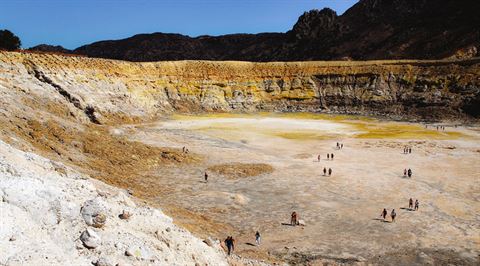
Nisyros… for Bond fans
Relatively untouched by tourism, Nisyros ticks all those Grecian boxes: pastel-coloured houses, sleepy cobbled squares, tiny beaches. Venture inland, however, and you’ll come across a huge volcano (active, but not erupting) where you can walk in the calderas and watch the hissing fumaroles. It’s here they filmed parts of Moonraker, using the lunar-like rocks as a stand-in for the moon. It’s thirsty work following in Roger Moore’s footsteps, so take some shade at a nearby taverna, though you might have to settle for a cold beer rather than a martini.
Club tip: The volcanological museum in Nikia offers a unique view of the caldera; while over in Loutra, one of the three 19th-century thermal baths is still in use.
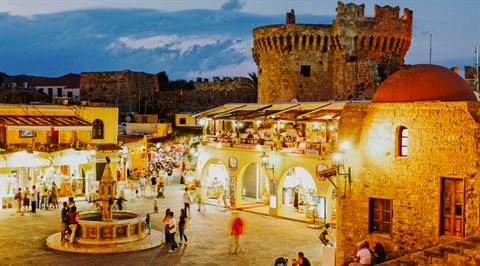
Rhodes… for gourmet globetrotters
Its southerly, sunny location means an abundance of edible goods (not to mention the freshest of seafood), while a long and checkered history of eastern and western invaders has resulted in a Rhodes being a culinary melting pot. Agrotourism abounds but for something more refined try family-run Mavrikos in Lindos, where you can expect simple but sublime dishes like sea-urchin salad, fried manouri cheese and lobster risotto.
Club tip: The nightlife in Rhodes Town is pretty polished, with the old quarter bars welcoming a well-heeled crowd.
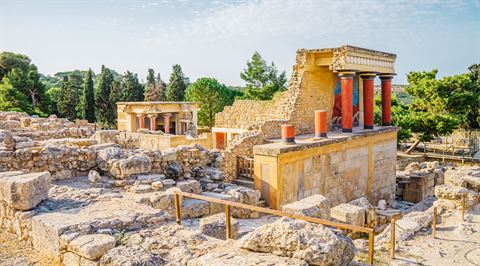
Crete… for history buffs
While the Dodecanese islands have their fair share of ancient history and Medieval monuments, Crete wins the prize for its archeological sites. The Minoan city of Knossos is the largest; the palace dating from 1900 B.C. is breathtaking, with its perfectly-preserved royal chambers. Fifteen minutes north and you’ll find Heraklion, a much ‘newer’ city (it dates from the 9th-century A.D) – kit yourself out in a pair of comfy walking shoes and admire the fortification walls, old port, churches and the many Turkish and Venetian fountains.
Club tip: Gen up on 5,500 years of Cretan history at the Archaeological Museum in Heraklion.
British Airways flies to Heraklion and Chania. To book flights, visit ba.com
Words by Harriet Cooper
This article has been tagged Advertorial, Destination
